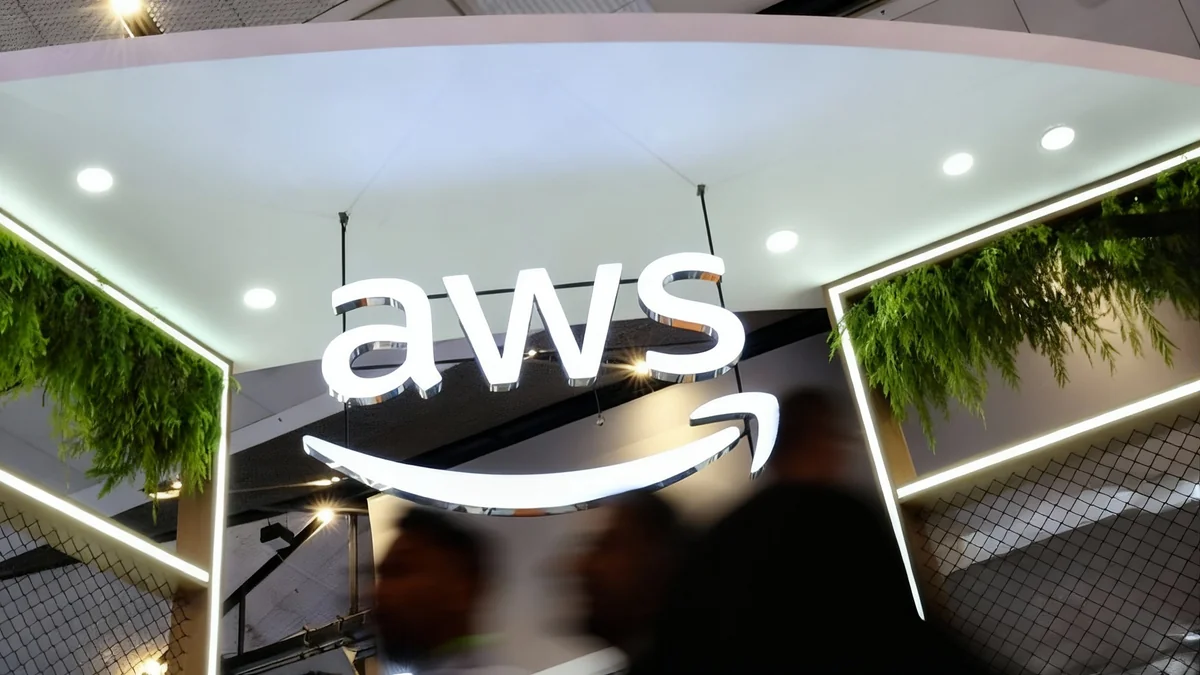Google has implemented changes to how images are loaded on web pages. These updates are designed to improve website performance, particularly for content visible to users immediately upon arrival. The primary goal is to enhance the user experience by making pages load faster and more efficiently, especially on mobile devices.
Key Takeaways
- Google now prioritizes images visible 'above the fold.'
- New attributes help identify and load critical images quickly.
- The update aims to reduce page load times and improve user experience.
Understanding the New Image Loading Mechanism
The core of Google's recent update focuses on distinguishing between images that are immediately visible to a user and those that appear further down a web page. Images displayed without scrolling are known as 'above the fold' content. Optimizing these images is crucial for initial page load speed.
Google's system now uses specific attributes to identify and prioritize these critical images. This helps browsers render the most important visual content without delay. The aim is to deliver a smoother, faster interaction from the moment a user clicks on a link.
Fact Check
- A study by Google found that 53% of mobile site visitors leave a page that takes longer than three seconds to load.
- Faster loading times can improve search engine rankings.
Technical Details of the Update
The new process involves JavaScript functions that monitor image elements on a page. When an image is loaded, the system checks if it is visible within the user's current viewport. If it is, the image receives a specific flag, indicating its importance for initial rendering.
Specifically, images with the data-iml attribute are now part of this new prioritization system. This attribute helps Google's internal processes manage which images to load first. The system also checks if an image is already fully loaded (a.complete) to avoid redundant processing.
"Our objective is to ensure that users receive the most critical content as quickly as possible, reducing perceived wait times and improving overall site responsiveness," stated a Google representative during a recent internal briefing.
Impact on Web Developers and Content Creators
For web developers, this update emphasizes the importance of proper image optimization and the strategic use of attributes. Developers should audit their sites to ensure that critical images are correctly tagged and prioritized. This can involve adjusting existing code or implementing new practices.
Content creators should also be aware of how image placement affects performance. Placing large, unoptimized images at the top of a page can negatively impact loading speeds, even with Google's new system. Efficient image formats and appropriate sizing remain essential practices.
Background Information
Google has consistently pushed for faster web experiences. Initiatives like Core Web Vitals measure key aspects of user experience, including loading performance. This latest image loading update aligns with these ongoing efforts to create a more efficient and user-friendly internet.
Benefits for User Experience and SEO
The primary benefit of these changes is an improved user experience. Faster loading pages mean less frustration for users, leading to higher engagement rates and lower bounce rates. This is especially true for mobile users, who often have slower internet connections.
From an SEO perspective, page speed is a significant ranking factor. By optimizing image loading, websites can potentially see an improvement in their search engine visibility. This can lead to more organic traffic and better overall performance in search results. According to industry analysis, a one-second delay in mobile page load can decrease conversions by 20%.
Future Outlook for Web Performance
Google's continuous updates highlight a trend toward more sophisticated web performance optimization. Future developments may include even more granular control over resource loading, leveraging advanced artificial intelligence to predict user behavior and content needs.
Developers and publishers are encouraged to stay informed about these changes. Adapting to new performance standards is key to maintaining a competitive edge in the digital landscape. Tools provided by Google, such as Lighthouse, can help assess and improve site performance based on these evolving metrics.
- Enhance performance: Focus on optimizing images and other media files.
- Utilize attributes: Implement
data-imland other relevant tags for prioritization. - Monitor Core Web Vitals: Regularly check site performance against Google's metrics.
- Prioritize mobile: Design and optimize websites with mobile users as the primary focus.





